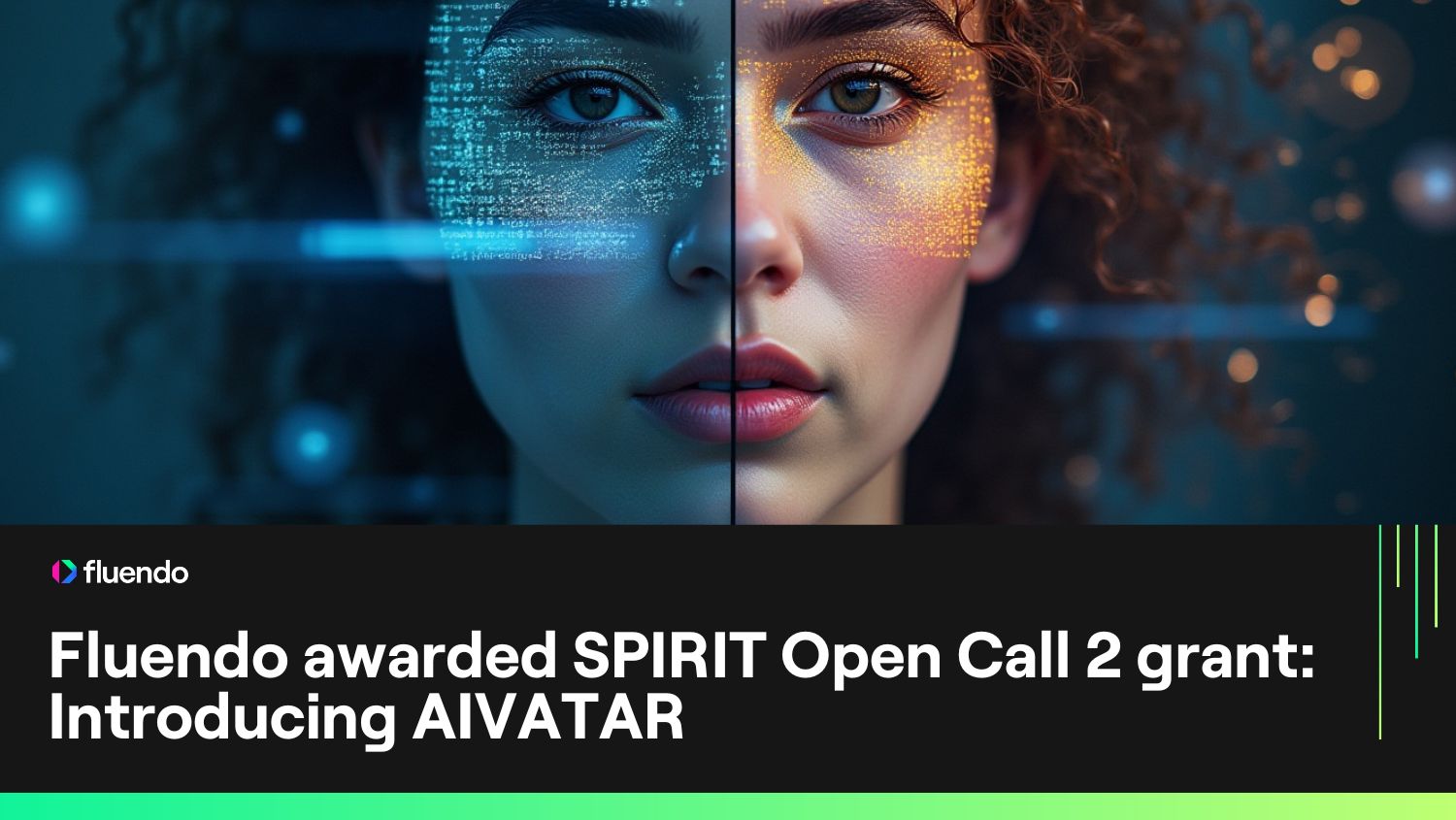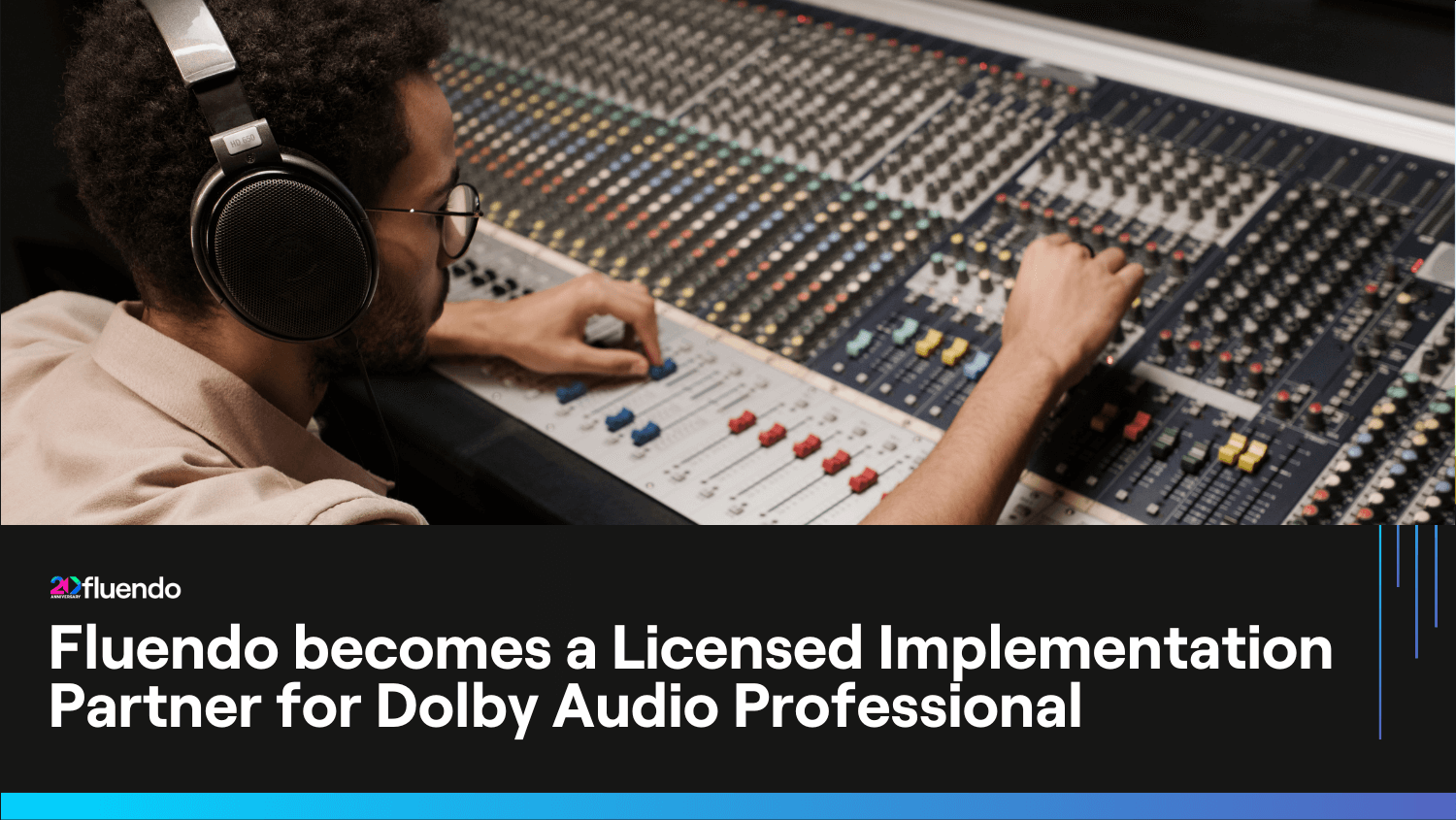
Fluendo awarded SPIRIT Open Call 2 grant: Introducing AIVATAR
We are excited to share that Fluendo has been selected as a recipient of the SPIRIT Open Call 2 grant! This achievement highlights our commitment to pushing the boundaries of multimedia innovation. It will help fund our R&D roadmap, supporting the development of innovation projects like Lynx and Falcon, cutting-edge technologies such as Raven AI, and established products like the Fluendo …



